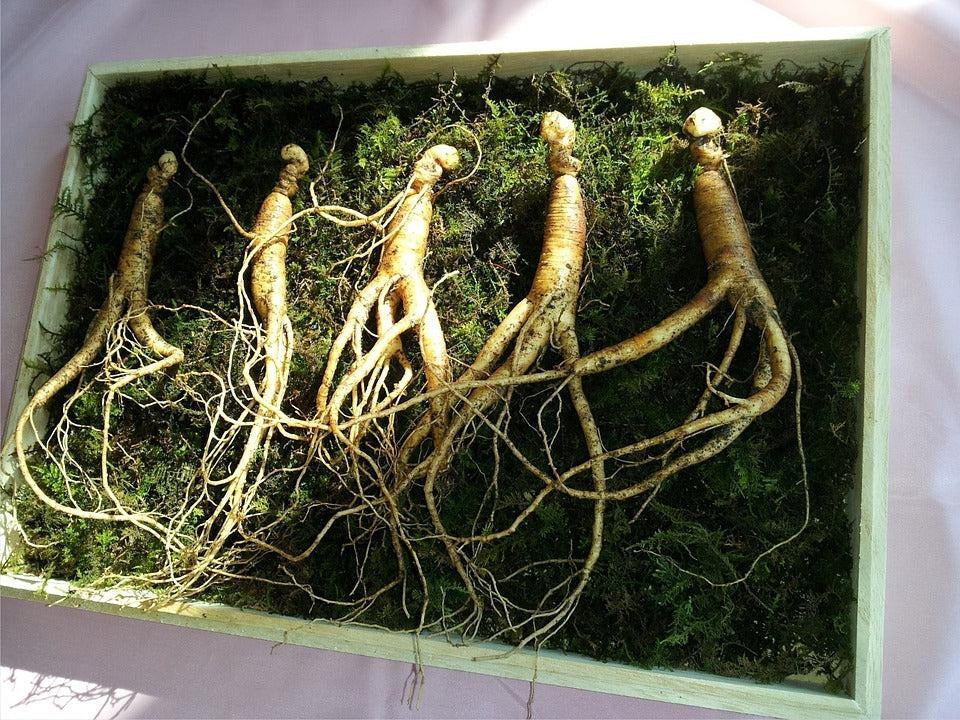
How To Take Care Of Your Ginseng Bonsai Tree
Ficus Ginseng Bonsai Care
About The Ficus Ginseng Bonsai Tree
Native to Malaysia, Taiwan and other Southeast and East Asian countries, the Ginseng Ficus is an excellent choice for bonsai tree enthusiasts.
Different than the Ficus Benjamin, the Ginseng Ficus will have two or more thick exposed aerial roots that appear to look more like tree trunks than a typical root.
A Ginseng Ficus bonsai is also noted for a thick, pot-bellied trunk similar to a Ginseng plant’s root.
Its grey to reddish bark dotted with small horizontal flecks resemble the stripes of a tiger.
The Ginseng Ficus is ideal for bonsai beginners, as it is regarded as the easiest bonsai tree to grow.
Very forgiving, and very tolerant.
Placement
The Ficus Ginseng is a tropical tree that can thrive indoors or out, as long as there is adequate lighting. While indoors, a south facing windowsill is best, with east or west being second.
It is happiest outdoors when the temperature is above 45 degrees.
Watering
The Ficus Ginseng, like most bonsai trees, will die if it dries out. It enjoys plenty of water in well draining soil. Never let it dry out completely.
Humidity
The Ficus Ginseng is a tropical tree that thrives in high humidity. If you add enough, it will grow lovely and exotic air roots. A suitable humidity drip tray can provide that.
Fertilizing
Since your Ficus Ginseng bonsai is in a small pot, and not the ground, it needs nutrients. A slow release (pellet based) fertilizer is perfect for this, and can be added sparingly every 1-2 months during the growing season.
Pruning & Trimming
Trim back the new growth to the farthest safe point that looks good to you — but never remove all of the new growth.
A regular trim will help keep your Ficus Ginseng bonsai tree short, while helping the trunk grow thicker.
Repotting
Repotting must be performed periodically on your bonsai, Ficus Ginseng included, when its root system has filled the pot. If you can clearly see the roots coming out of the bottom of the pot, it’s time to repot your bonsai.
Generally, this means every 2-3 years for a deciduous tree and every 4-5 years for an evergreen. Ficus Ginseng, being a tropical evergreen, will need to be repotted around every 3-5 years depending on its environment.
Repotting should be done in mid-summer, when the tree is at it’s least fragile state.
Your Ficus Ginseng bonsai, along with all of its soil, should be removed from the pot. From there, you can trim away no more than 1/3rd of the root mass (1/4th is preferred.)
Then you can repot the tree in the same pot, or give it a newer / bigger pot to thrive in.
After repotting, your bonsai Ficus Ginseng should be thoroughly watered.
Diseases, Insects & Other Pests
Your Ficus Ginseng bonsai can be treated for pests like a normal Ficus Ginseng tree. Just remember, your tree is miniature and will need a much smaller and more gentile dose of treatment.
Would you like to SEE these instructions as a series of videos, instead of just reading them?
If you want to demystify the art of bonsai so you can become a master of this relaxing hobby in just a few days, you need the right training. I’ve built a digital video course that mixes classroom style instructional videos with “over the shoulder” style training videos to make bonsai simple to understand, and easy to start.
In this digital video course, you'll discover:
- How to create a bonsai tree from scratch that will help you experience true inner-peace and calm.
- How to keep your tree collection alive and well so you can enjoy their benefits for a lifetime.
- How to shape your bonsai like a professional, allowing you to design it however you like.
- What bonsai tools you really need and how to use them so you’ll never buy a tool that you don’t need again.
- How to cultivate your own trees so you never have to buy another tree from a store again.
- How to use all of this to create your own bonsai collection so you enjoy this relaxing hobby for the rest of your life.



